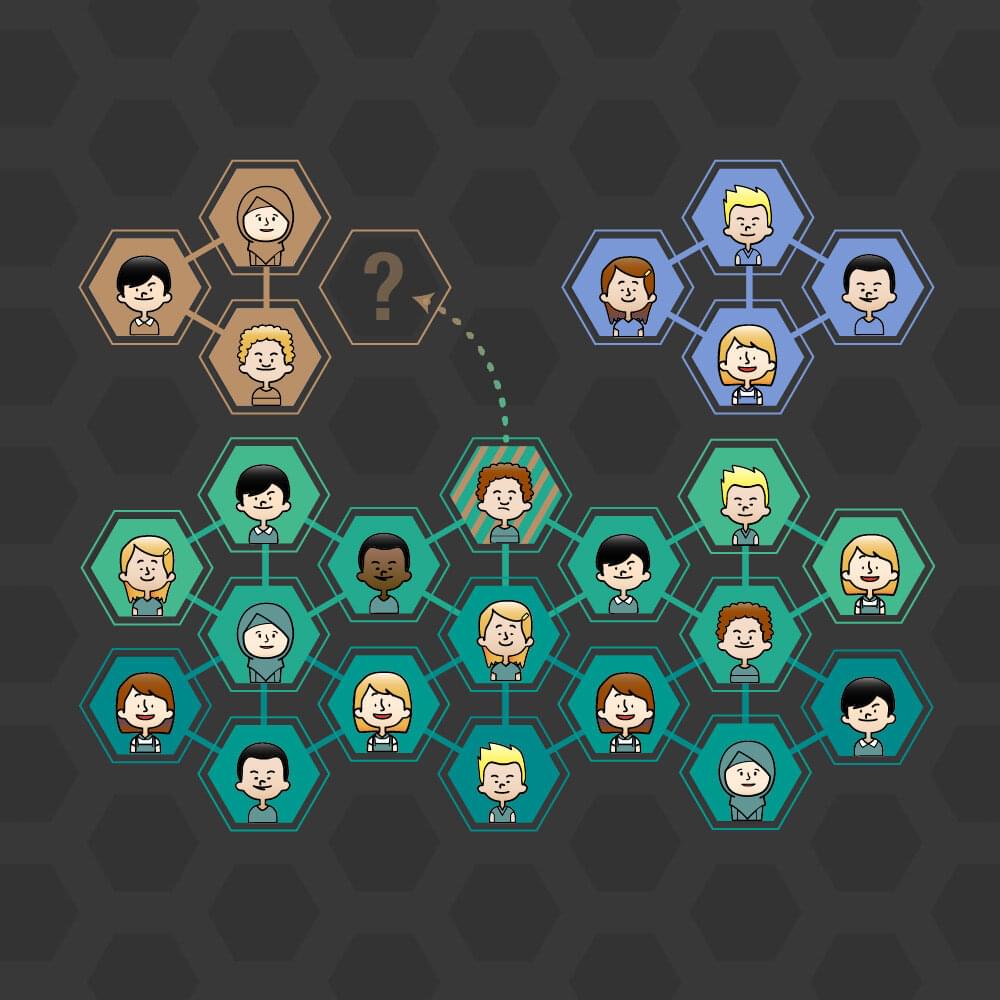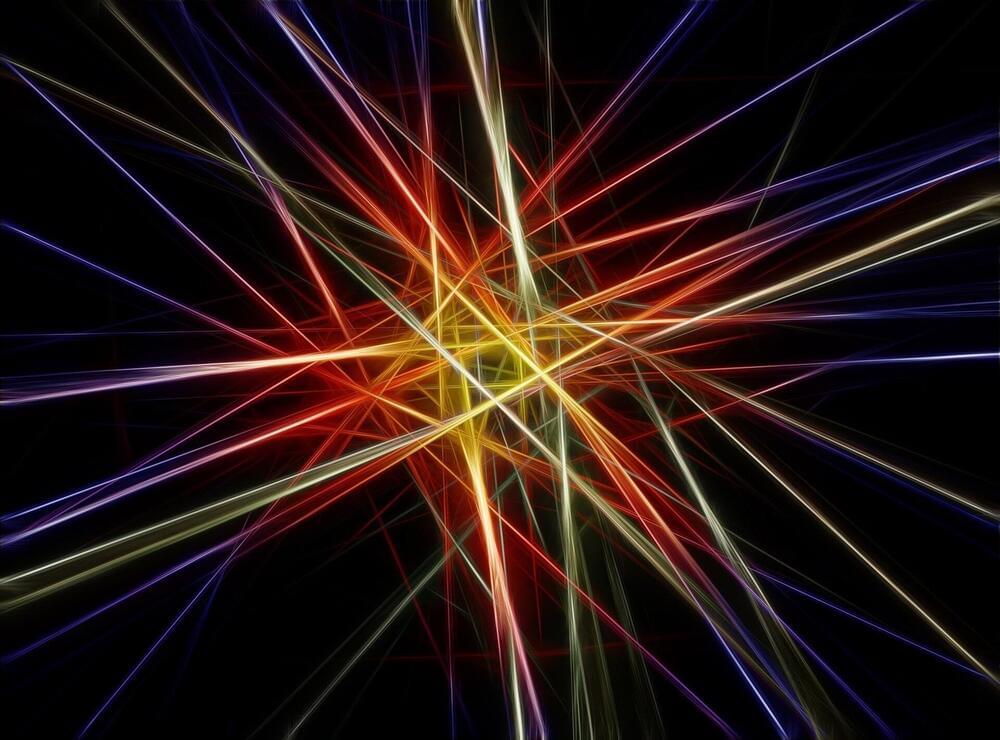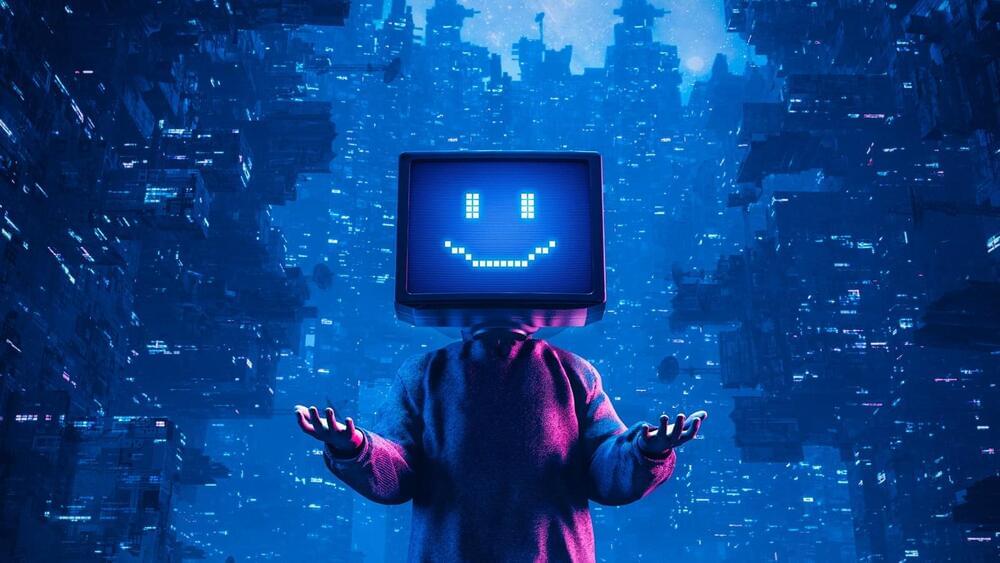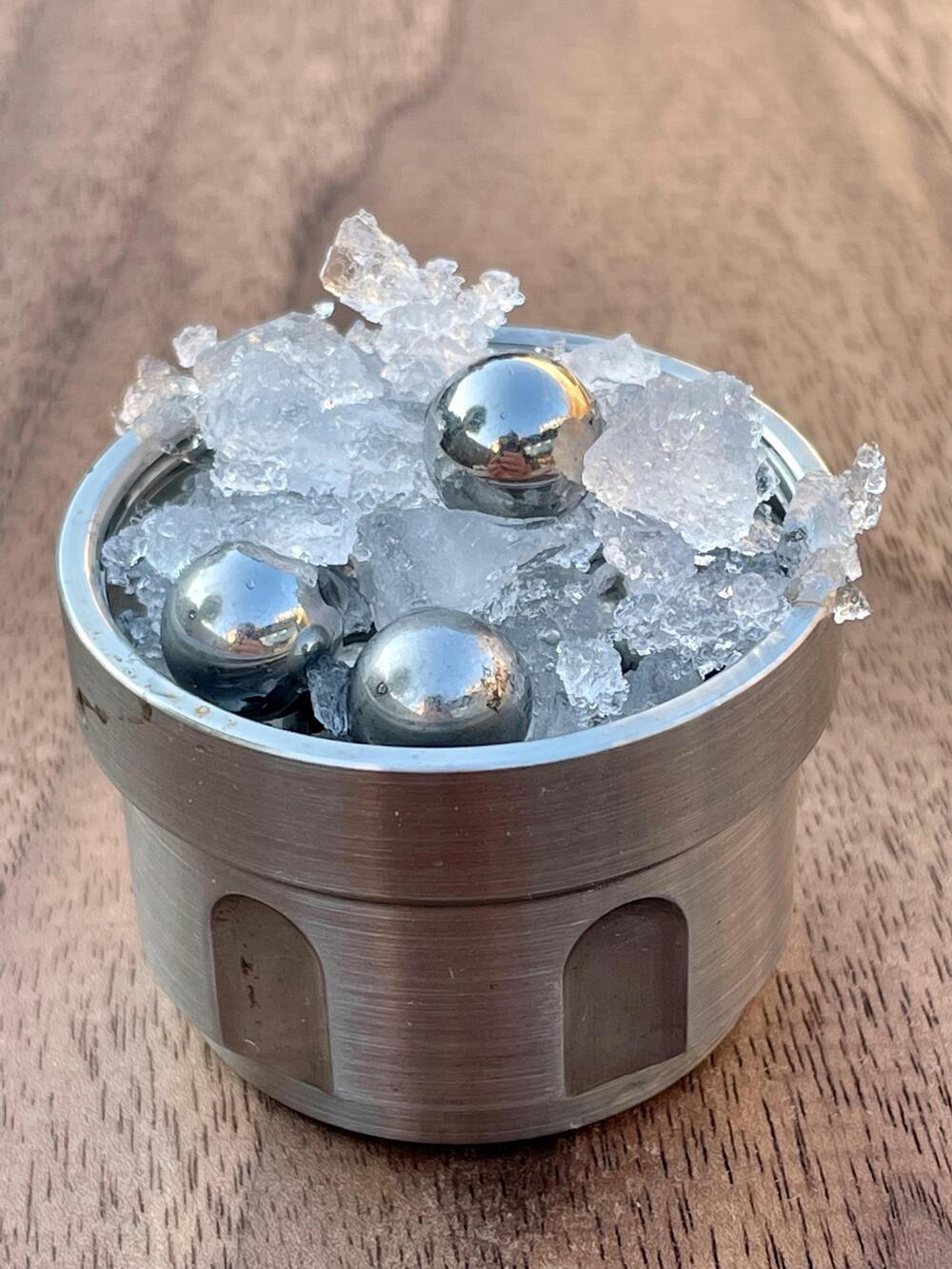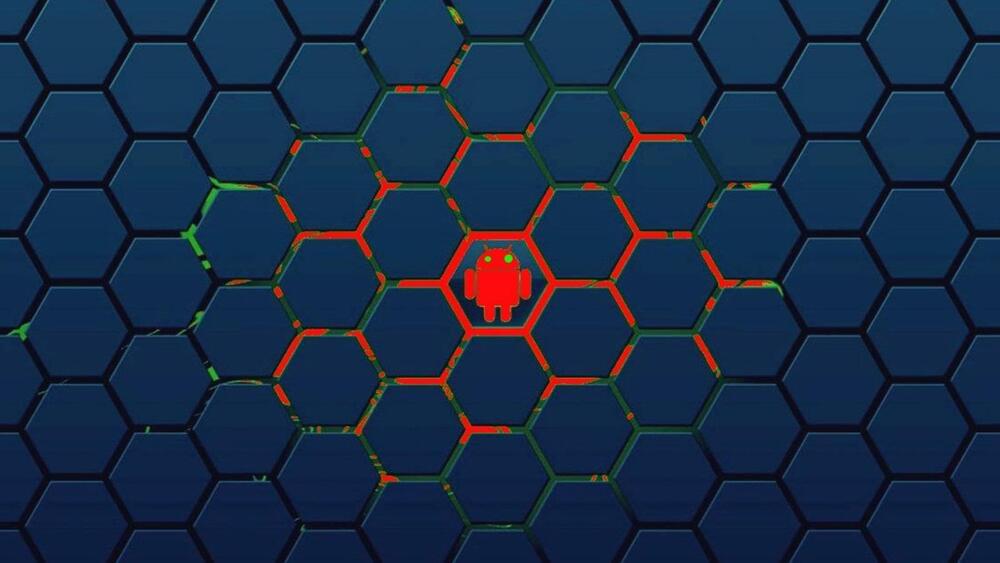Only by knowing the average number of friends each person has, scientists at Complexity Science Hub (CSH) were able to predict the group sizes of people in a computer game. For this purpose, they modeled the formation of social groups on an example from physics, namely the self-organization of particles with spin.
Sociologists have focused on how social groups are forming and the mechanism behind it for a long time. The urge to avoid stress, as well as homophily—the tendency of people to join groups with others who share similar features, traits, or opinions—have been observed in many different contexts.
“Although multiple models have been studied, little is known about how homophily and stress avoidance affect the formation of human groups, and in particular the size distribution of them—whether there are many small groups or few large ones, for example,” explains Jan Korbel from CSH and first author of the study. By using two contemporary fields from physics, called self-assembly and spin glasses, scientists now shed new light on social group formation.
